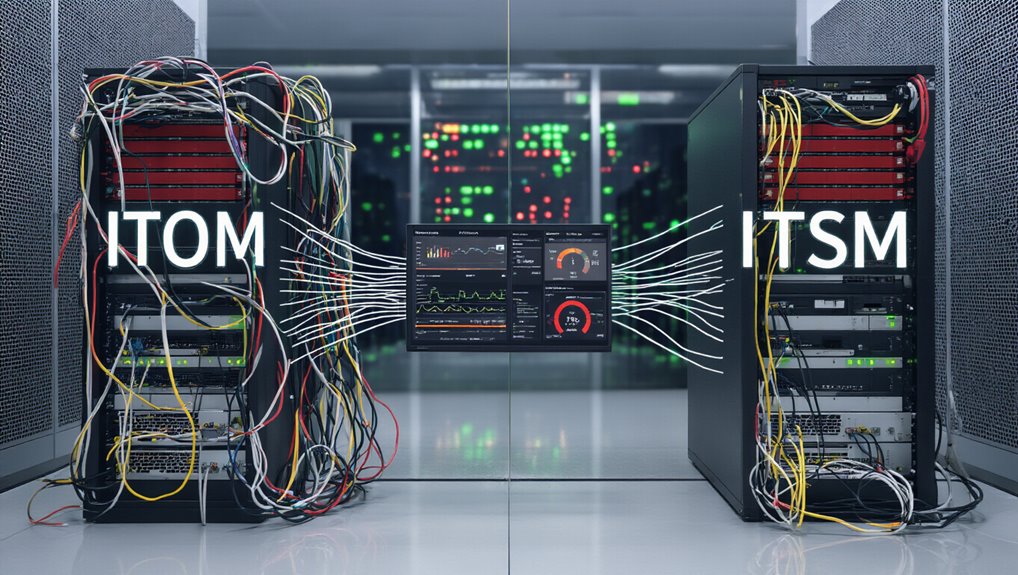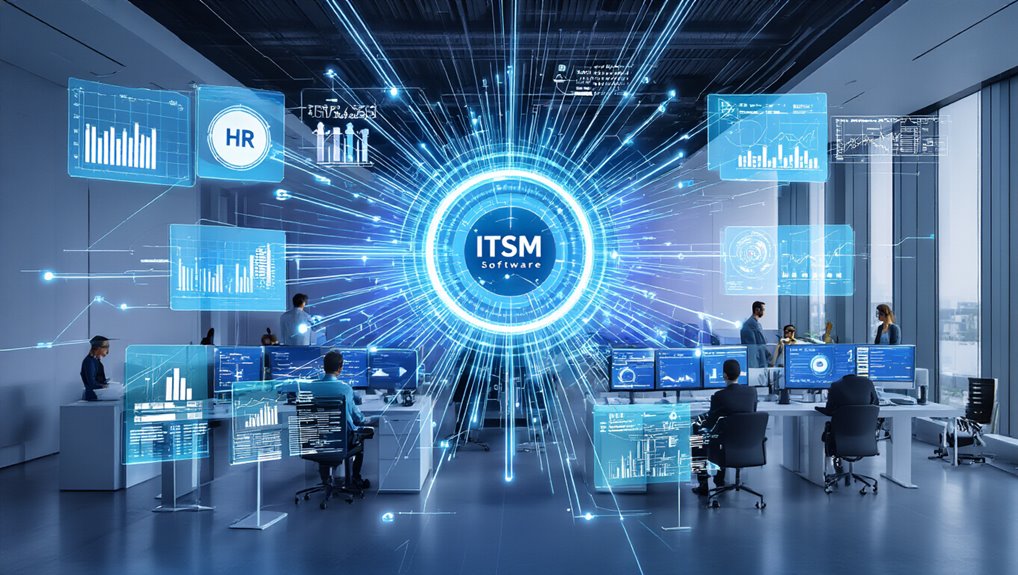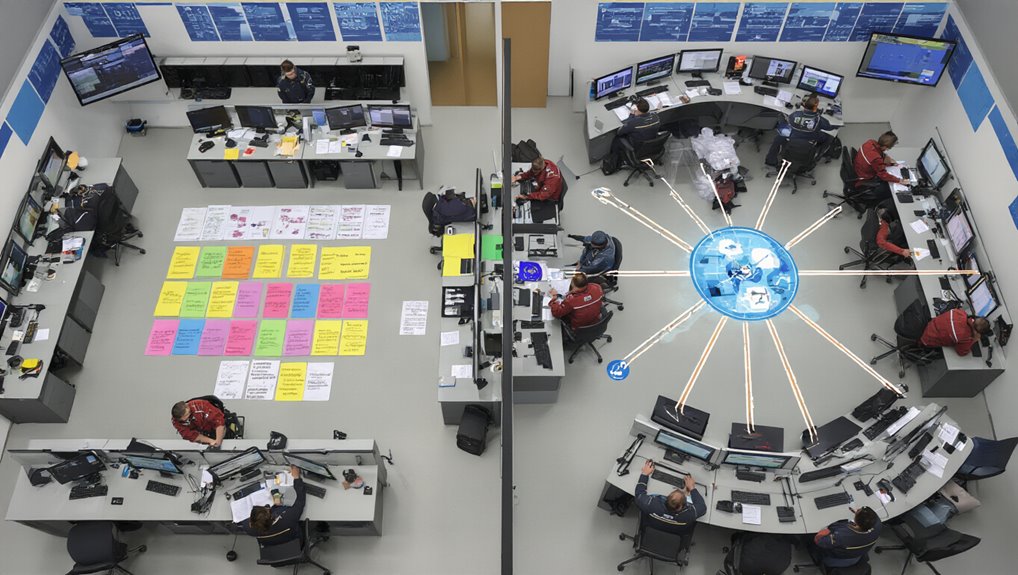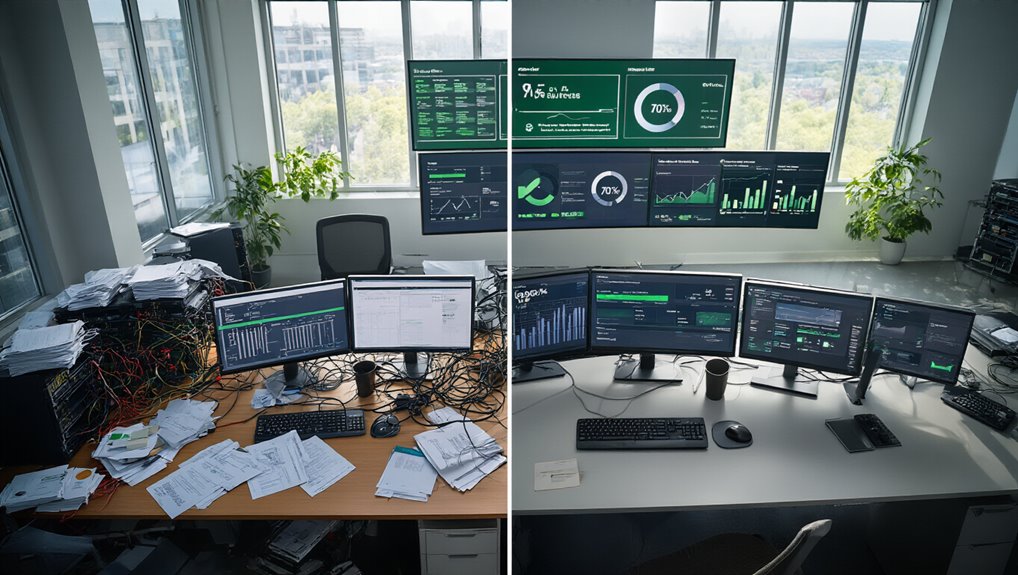While organizations have traditionally managed IT Service Management (ITSM) and IT Operations Management (ITOM) as separate domains, their integration has become essential for modern IT departments seeking operational excellence. This siloed approach creates inefficiencies, duplicates efforts, and slows incident response times. Integration of these critical functions provides substantial benefits, including improved service reliability through enhanced visibility and proactive incident management. ITOM-ITSM integration enhances overall efficiency through unified IT management solutions. ESM implementations can further enhance this integration by establishing core components that extend service management principles across all organizational departments.
The financial impact of ITSM/ITOM integration is compelling. Organizations typically report 30-50% faster incident resolution after implementing integrated solutions. This acceleration stems from providing agents with rich contextual data directly in their workspaces, enabling quicker root cause analysis and faster ticket resolution. The unified approach also reduces operational costs by eliminating redundant processes and optimizing resource utilization across IT functions. Creating a single source of truth for data ensures all stakeholders work from consistent, accurate information when making decisions.
Integrated platforms transform reactive IT operations into proactive service management. Tools like ServiceNow, BMC Helix, and Microsoft System Center leverage AI to analyze operational patterns and predict potential issues before they impact services. This predictive capability allows teams to implement one-click remediation solutions and prioritize alerts based on thorough impact analysis.
ITOM components specifically enhance smart operations through:
- AI-driven automation of routine tasks
- Proactive monitoring to minimize downtime
- Data-driven insights for informed IT investment decisions
- Seamless management across hybrid and multi-cloud environments
To implement effective integration, organizations should select solutions with native integration capabilities or open APIs for seamless data sharing. Real-time synchronization ensures decisions reflect the current operational state, while automated workflows improve responsiveness in detection, ticket management, and remediation processes.
The end result extends beyond technical improvements. Users experience fewer service disruptions and higher quality IT services. Teams collaborate more effectively when sharing a unified platform with common data sources.
Most importantly, IT departments can shift focus from fighting fires to driving innovation, aligning technology operations with broader business goals and creating competitive advantages through superior service delivery.









